

Articles
How To Store A Quilt
Modified: February 24, 2024
Learn how to properly store your quilt with these helpful articles. Keep your quilt safe and well-preserved for years to come.
(Many of the links in this article redirect to a specific reviewed product. Your purchase of these products through affiliate links helps to generate commission for Storables.com, at no extra cost. Learn more)
Introduction
Quilts are more than just cozy blankets; they are cherished heirlooms and works of art. Whether handcrafted or store-bought, quilts require proper care and storage to maintain their integrity and longevity. When it comes to storing a quilt, there are several factors to consider to ensure that it remains in excellent condition for years to come.
In this article, we will guide you through the process of storing a quilt, from choosing the right storage location to properly folding and storing the quilt. We will also provide some valuable tips for long-term storage and discuss the importance of cleaning and maintenance. By following these guidelines, you can ensure that your quilts remain pristine and ready to be enjoyed for generations.
Key Takeaways:
- Preserve your quilts by choosing a cool, dry storage location, folding with care, and using acid-free materials to prevent damage and ensure longevity.
- Regular cleaning, proper maintenance, and long-term storage tips will safeguard your quilts, preserving their beauty and sentimental value for generations to come.
Read more: How To Store Quilts
Choosing a Storage Location
When it comes to storing a quilt, the first step is selecting an appropriate storage location. The ideal environment for quilt storage is cool, dry, and dark. Excessive heat, dampness, and exposure to sunlight can cause damage to the fabric and promote the growth of mold and mildew.
Avoid storing quilts in attics or basements where temperature and humidity levels can fluctuate significantly. Instead, opt for a climate-controlled area in your home, such as a spare bedroom or a closet. If you don’t have enough space in your home, consider renting a storage unit that offers climate control.
Additionally, it is important to keep the quilt away from potential hazards. Avoid storing it near open windows where direct sunlight can fade the fabric. Keep it away from vents and heating sources that can cause excessive drying or damage. It is also advisable to keep quilts away from areas with high humidity, such as bathrooms or kitchens.
Lastly, make sure the storage location is clean. Dust and debris can accumulate on the quilt over time, so keeping the storage area clean will help protect it. Consider using a cover or a storage bag specifically designed for quilts to provide an extra layer of protection against dust and dirt.
By choosing the right storage location, you can safeguard your quilt from potential damage and ensure its long-term preservation.
Preparing the Quilt for Storage
Before storing your quilt, it is essential to prepare it properly to minimize the risk of damage during storage. Taking the time to clean and inspect the quilt ensures that it is in the best possible condition before being put away.
The first step in preparing the quilt for storage is to clean it. Over time, quilts can accumulate dirt, dust, and oils from regular use. These substances can attract pests and cause discoloration or deterioration of the fabric. Follow the care instructions provided by the quilt’s manufacturer or consult a professional quilt cleaner to ensure the proper cleaning method.
Once the quilt is clean, inspect it for any signs of damage. Look for loose threads, weak seams, or areas of discoloration. It is essential to address these issues before storing the quilt to prevent further damage. Take the time to repair any loose threads or seams to ensure the longevity of your quilt.
If you suspect that your quilt may be infested with pests such as moths or beetles, take preventive measures to protect it. Using a vacuum cleaner, gently remove any eggs or larvae that may be present on the quilt’s surface. Alternatively, you can place the quilt in a large plastic bag and freeze it for a few days to kill any pests.
It is important to note that storing a quilt in its original packaging, such as a plastic dry-cleaner bag, is not recommended. These bags can trap moisture and cause the quilt to deteriorate. Instead, opt for breathable and acid-free archival materials, such as acid-free tissue paper or cotton sheets.
By properly preparing your quilt for storage, you can significantly reduce the risk of damage and ensure its long-term preservation.
Folding the Quilt
Properly folding your quilt is crucial for minimizing creasing, preserving its shape, and maximizing storage space. Here are some steps to follow when folding your quilt:
- Spread a clean, flat surface, such as a large table or bed.
- Lay the quilt face-down on the surface, making sure that it is flat and free of wrinkles.
- Start by folding one side of the quilt towards the center, about one-third of the way.
- Next, fold the opposite side towards the center, overlapping the previously folded section.
- Repeat this process with the top and bottom of the quilt, folding them towards the center.
- If your quilt is particularly large, you may need to fold it in thirds or quarters, depending on its size and your storage space.
- Try to keep the folds as even as possible to distribute the weight and prevent excessive stress on one area of the quilt.
- Use acid-free tissue paper to cushion the folds and prevent any direct contact between the quilt and itself.
Avoid folding the quilt too tightly, as this can cause creasing and damage to the fabric. It is generally best to fold quilts loosely to allow for some air circulation and prevent unnecessary strain on the fibers.
If your quilt is too delicate or large to be folded, consider rolling it instead. Rolling can be a suitable alternative for quilts made of fragile or heavyweight materials. Ensure that you use acid-free tissue paper or muslin fabric to protect the quilt while rolling.
Remember to label the folded quilt with relevant information, such as its name, date, and any special details, to make it easier to locate and identify in the future.
By following these folding techniques, you can ensure that your quilt is stored efficiently while minimizing the risk of damage or distortion.
When storing a quilt, make sure it is clean and completely dry to prevent mold and mildew. Store in a cool, dry place away from direct sunlight to prevent fading. Avoid storing in plastic bags, as they can trap moisture. Instead, use a cotton or muslin bag or wrap in acid-free tissue paper.
Storing the Quilt
After folding or rolling your quilt, it’s time to store it in a way that protects it from potential damage. Here are some important guidelines to consider when storing your quilt:
- Choose a storage container or box that is clean, dry, and made from acid-free materials. Acid-free archival boxes or plastic containers specifically designed for textile storage are ideal choices. Avoid using cardboard boxes or containers that may contain chemicals or acids that could harm the quilt.
- Place the folded or rolled quilt inside the storage container. If you have multiple quilts, avoid stacking them too high, as this can cause unnecessary pressure on the quilts at the bottom. Instead, separate each quilt with acid-free tissue paper or cotton sheets to provide additional protection.
- Do not store the quilt in airtight plastic bags, as this can trap moisture and lead to mildew or mold growth. Instead, opt for breathable materials that allow air circulation and prevent the build-up of moisture.
- Store the quilt in a cool, dry, and dark location. Avoid areas prone to temperature fluctuations, such as attics or basements. Also, keep it away from direct sunlight, as prolonged exposure can cause fading and fabric degradation.
- Check on your stored quilts periodically to ensure there are no signs of moisture, pests, or damage. If you notice any issues, take appropriate measures to address them promptly.
- If possible, store the quilt in a flat orientation to minimize stress on the fabric. However, if space is limited, storing it vertically is acceptable as long as proper support is provided.
Remember to label the storage container with relevant details, such as the quilt’s name, date, and any special care instructions. This will make it easier to identify and retrieve the quilt when needed.
By following these storage guidelines, you can ensure that your quilts are kept in good condition and ready to be enjoyed whenever you need them.
Read more: How To Store Quilting Fabric
Tips for Long-Term Storage
Long-term storage of quilts requires extra care to ensure their preservation. Here are some additional tips to consider for long-term quilt storage:
- Monitor the storage area regularly to maintain stable temperature and humidity levels. Ideally, aim for a temperature between 50-70 degrees Fahrenheit (10-21 degrees Celsius) and a relative humidity of around 45-55%. Fluctuations in temperature and humidity can lead to damage, so consider using a dehumidifier or humidifier to maintain stable conditions.
- Avoid storing quilts directly on the floor, as it can expose them to moisture and pests. Use shelves or racks instead, ensuring that the quilts are supported and not under pressure from the weight of other items.
- If you have space, consider storing quilts in acid-free archival boxes with acid-free tissue paper or cotton sheets separating each quilt to provide extra protection. These boxes help shield the quilts from light, dust, and potential pests.
- Rotate the quilts periodically to ensure equal exposure to light and air. This prevents one side of the quilt from fading or becoming discolored over time.
- Avoid using mothballs or harsh chemicals near the quilts, as they can leave odors or cause damage to the fabric. Instead, use natural deterrents such as lavender sachets or cedar chips to discourage pests.
- Keep a detailed inventory of your quilts, noting their date, pattern, materials, and any other relevant information. This will help you keep track of your collection and identify any missing quilts.
- If you plan to store quilts for an extended period, consider periodically airing them out and refolding them to prevent creases from setting in permanently.
Remember that each quilt is unique, so it’s important to assess its specific care requirements. If you’re unsure about the storage needs of a particular quilt, consult a textile conservation specialist for personalized guidance.
By following these long-term storage tips, you can ensure that your quilts stay in excellent condition for many years to come, preserving their beauty and sentimental value.
Cleaning and Maintenance
To keep your quilts in optimal condition, regular cleaning and maintenance are essential. Here are some guidelines to help you properly care for your quilts:
- Dust and vacuum your quilts regularly to remove any surface dirt or debris. Use a soft brush attachment or a low suction setting to avoid damaging the fabric.
- Avoid machine-washing quilts unless the care instructions explicitly indicate that it is safe to do so. Hand washing is usually the preferred method for delicate or antique quilts. Use a mild detergent specifically designed for quilts or fine fabrics, and gently agitate the quilt in a bathtub or large basin. Rinse thoroughly and press out excess water, taking care not to wring or twist the quilt. Air-dry the quilt flat or hanging, away from direct sunlight.
- If you’re uncertain about washing a quilt yourself, consider taking it to a professional quilt cleaner who specializes in handling delicate textiles.
- Store quilts in a clean and dry environment to prevent the growth of mold and mildew. If you notice any signs of mold or mildew, consult a professional textile conservator for guidance on how to safely remove it.
- Avoid using harsh chemicals or bleach on quilts, as they can weaken the fabric and cause discoloration.
- Be cautious with pets around quilts, as their claws and fur can cause damage. Keep quilts out of reach or use covers to protect them.
- If you have a quilt that is heavily stained or damaged, consult a textile conservator for advice on how to address the issue without further harming the quilt.
- Regularly inspect your quilts for any signs of wear, loose threads, or weak seams. Address any issues promptly to prevent further damage.
Remember that prevention is key when it comes to caring for quilts. By taking proactive measures and staying attentive to their cleaning and maintenance needs, you can prolong the lifespan and beauty of your quilts.
Conclusion
Proper storage and maintenance are vital for preserving the beauty and longevity of your quilts. By choosing a suitable storage location, preparing the quilt correctly, and folding it with care, you can minimize the risk of damage during storage. Storing quilts in acid-free containers, monitoring temperature and humidity levels, and conducting regular inspections will further ensure their preservation.
Remember to clean your quilts regularly, following appropriate methods for their specific materials and conditions. By addressing stains, dust, and potential pest infestations, you can prevent long-term damage. Additionally, maintaining good quilting practices, such as avoiding excessive handling and protecting quilts from pets, will help keep them in optimal condition.
By implementing the tips and guidelines outlined in this article, you can confidently store and care for your quilts. Whether they are family heirlooms or special creations, your quilts deserve the attention and protection required to keep them looking beautiful for generations to come.
So, take the time to create an ideal storage environment, fold and store your quilts with care, and maintain proper cleaning and maintenance routines. Your quilts will thank you with their vibrant colors, intricate patterns, and stories that continue to be cherished for years to come.
Frequently Asked Questions about How To Store A Quilt
Was this page helpful?
At Storables.com, we guarantee accurate and reliable information. Our content, validated by Expert Board Contributors, is crafted following stringent Editorial Policies. We're committed to providing you with well-researched, expert-backed insights for all your informational needs.


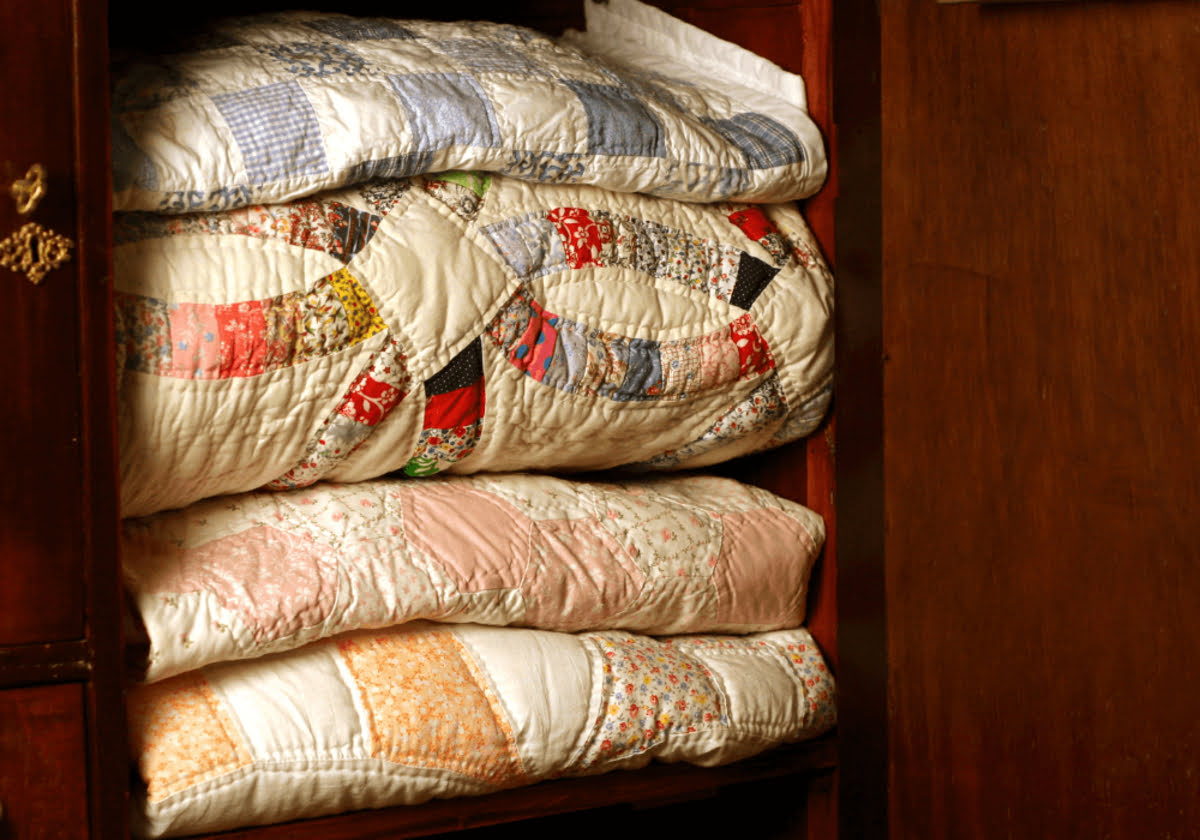
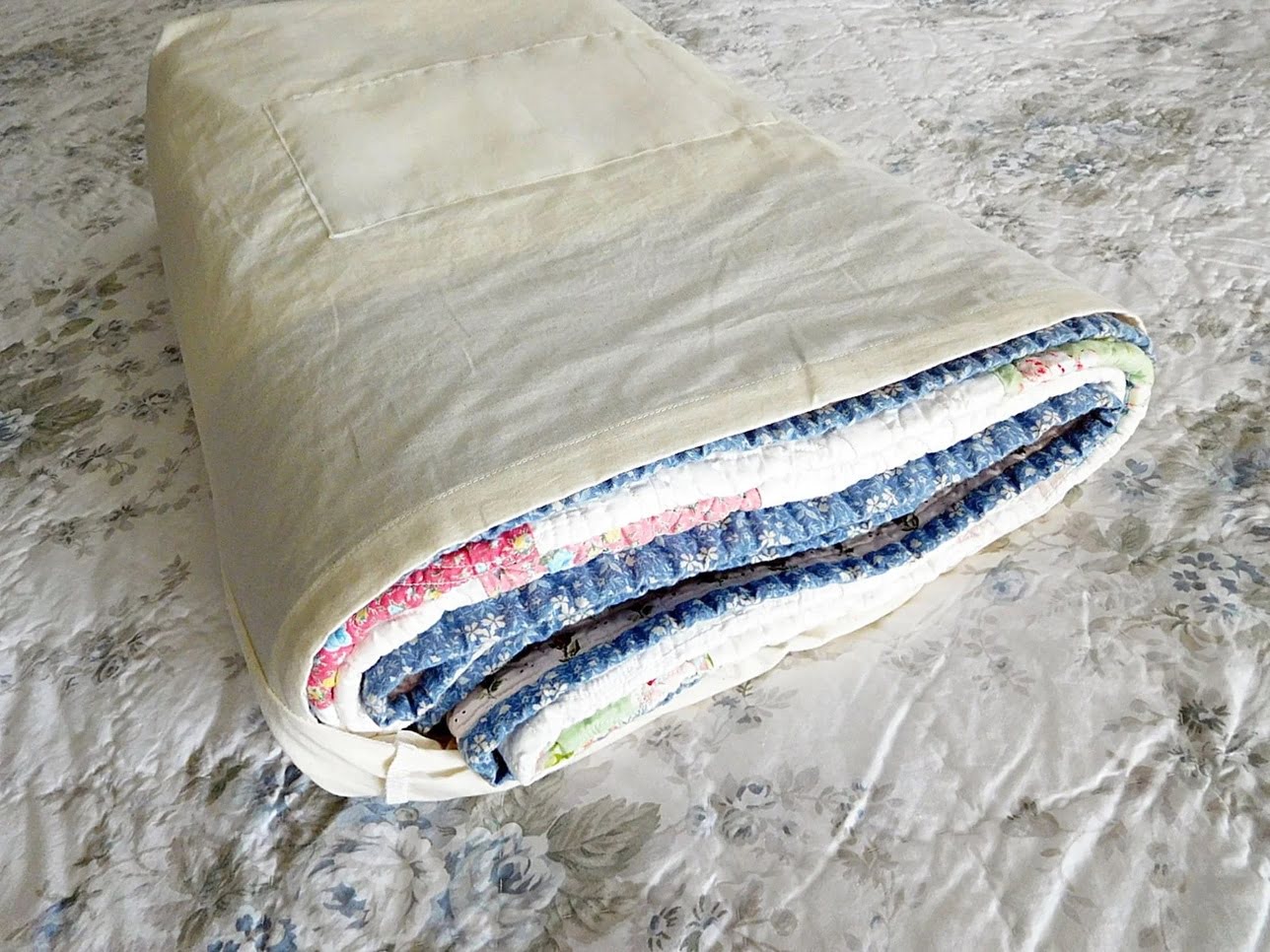





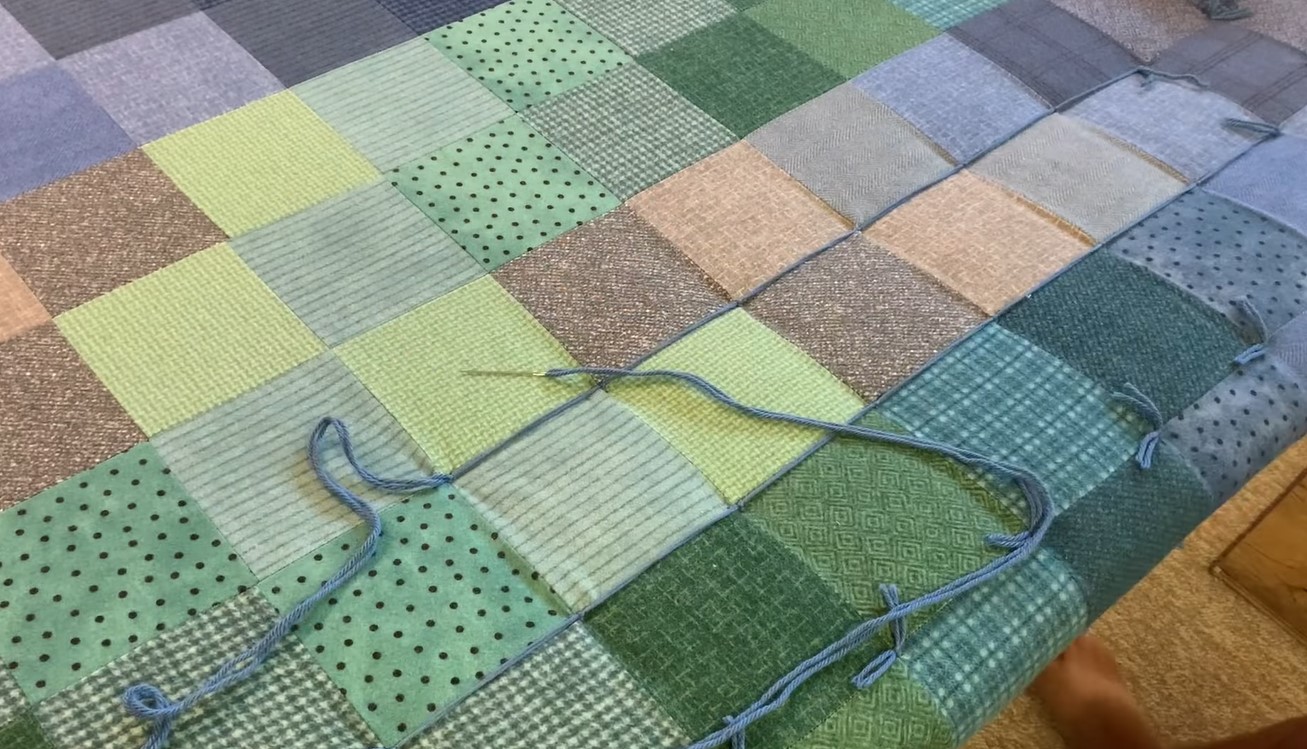
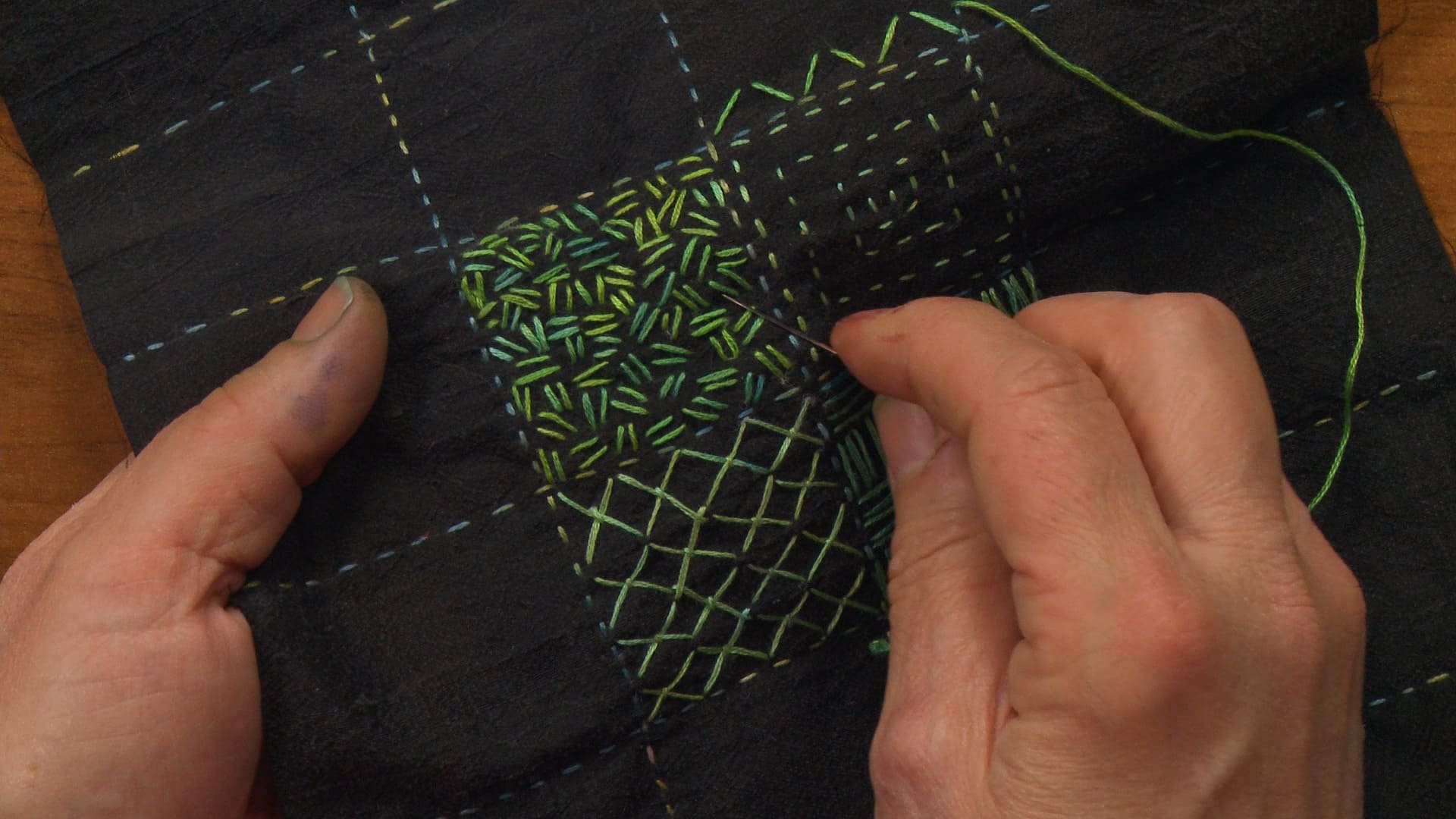

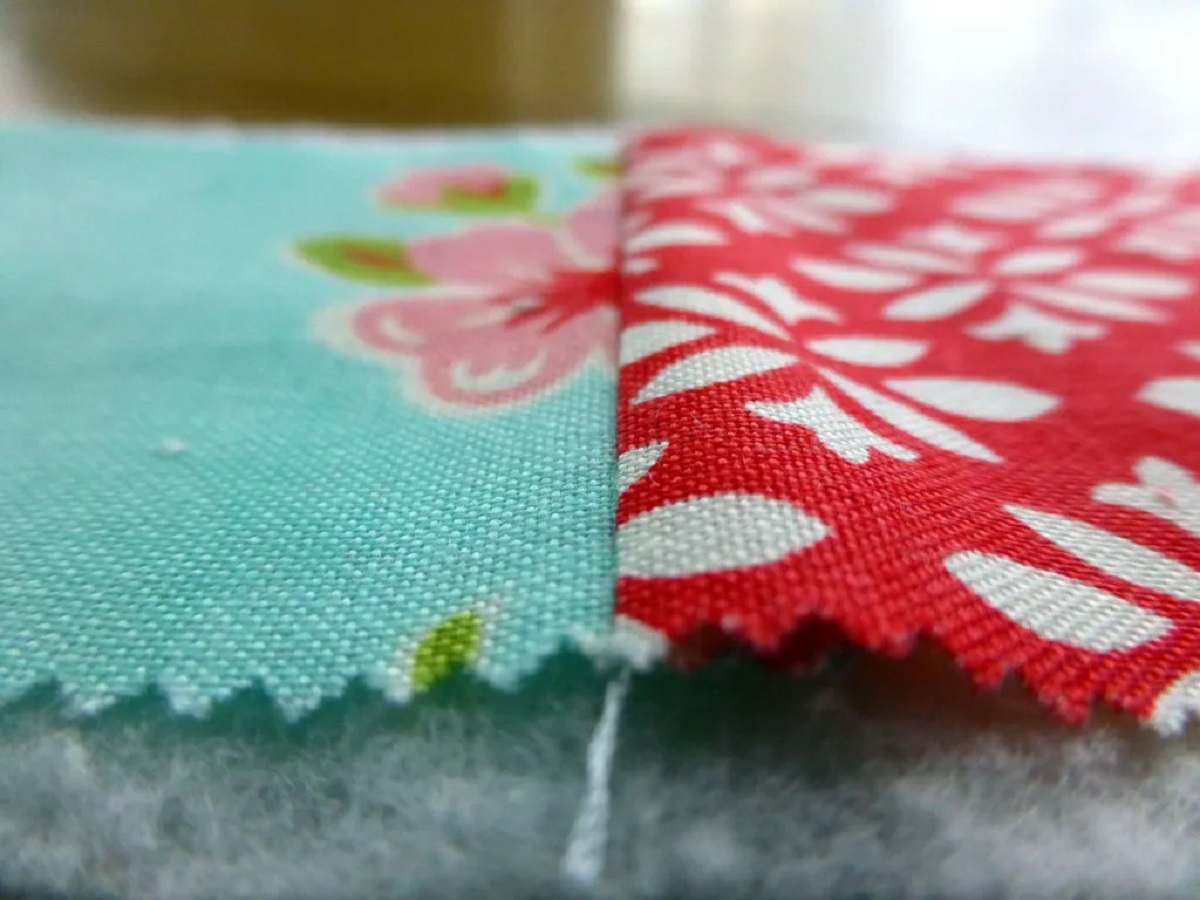


0 thoughts on “How To Store A Quilt”